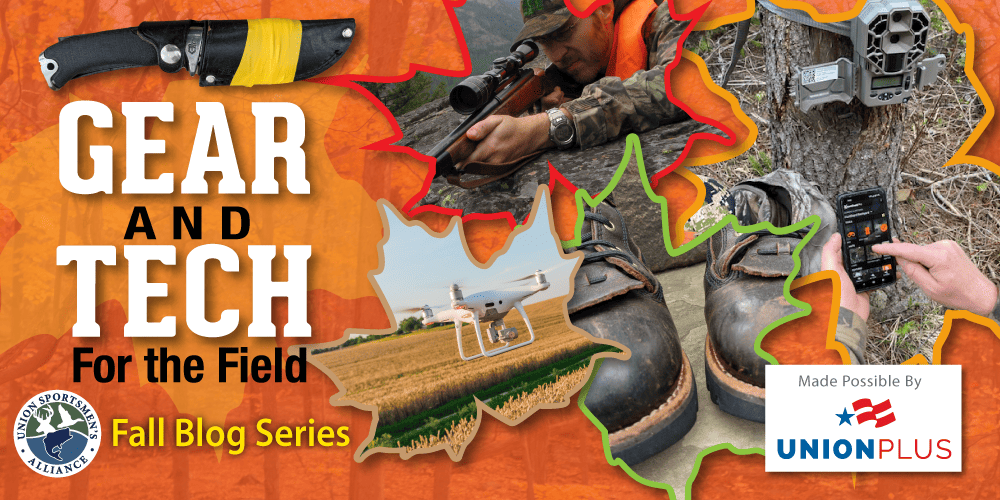Do You Need More Than One Rifle?
By PJ DelHomme
If you’ve ever spent time with your grandfather, you may have heard him say, “Beware the man with one gun, he knows how to use it.” The saying has been around longer than him, and it’s spot-on in most cases. There’s comfort and utility in owning one weapon and knowing how to use it.
The famous gun writer Jack O’Connor would agree. He hunted with and swore by the .270. He was the shooting editor for Outdoor Life for three decades, and few dare to pretend to know more about shooting than O’Connor. While the .270 is king in his eyes, the most popular caliber used to kill record-book animals is the .30-06., according to records kept by the Boone and Crockett Club.
Today, hunters and shooters have plenty of caliber options and plenty of species to hunt. The question is: Should you invest in one really good rifle, or should you spread the love and have a few rifles in the gun safe?
The Case for One Rifle
I can’t take all of my rifles to the range at the same time anymore. Granted, I only have three rifles, but it’s much easier to dial one bullet with one rifle than deal with three different rifles. I wouldn’t have this problem if I only had one rifle. Instead, each rifle gets its own specified range time.

Even just one rifle requires plenty of gear.
Let’s pretend that I only have one rifle, which was the case for a very long time. It was a 7mm Remington Magnum, and I’ve killed deer, antelope, and elk with it. I have never had a misfire, though I have missed on occasion. I don’t consider that to be the rifle’s fault. I use one kind of ammo, and I know where the bullet should go with that ammo. I know that I should aim six inches high at a 300-yard target, and so on. My point is that I know this weapon.
That rifle cost me about $400 used. I spent twice that on a fancy Leupold scope because, at the time, I thought I was only going to own one rifle. I rationalized to myself (and my wife) that the scope would be a one-time expense. It wasn’t.
The Case for More Than One Rifle
Here’s the thing about that 7mm—I hate shooting it. To save a little weight, the rifle sports a synthetic stock and punches like a mule. I let my wife shoot it 20 years ago. She hasn’t shot it since. And it’s ugly. It’s got no character like the French walnut on my .270, though that rifle is less reliable.
In my opinion, that 7mm is great for elk and moose, but I think it packs too much power for smaller game like deer and pronghorn. A few years ago, I switched from lead to solid copper bullets. In my experience, those copper bullets being shot out of my shoulder cannon tend not to expand effectively on smaller game like deer. I like the idea of using copper bullets for numerous reasons, but all that velocity can be a drawback.
So, I bought a .270. Plus, I was influenced by O’Connor’s accolades of the caliber. That rifle was very expensive, has a beautiful stock, and a thin, featherweight barrel that rarely hits where aimed. Oh, and it misfired on a buck once—the only buck I had in the crosshairs that fall. I do not like that rifle and would love to part ways with it at any time.
When I had a couple of kids, I bought a 7mm-08—you know, for them. This thing is an absolute tack driver and the rifle I use more and more. It’s the rifle my 11-year-old daughter practices with because it does not beat her up like a magnum, and it’s got “enough gun” to kill a deer or pronghorn, all while shooting copper bullets. Maybe when she gets a little bigger, we’ll look around for something a little larger to kill an elk. Then again, maybe it’s plenty big enough if she knows how to shoot it.

Author’s 3 rifles. Can you truly have just one?
To Each Their Own
Here’s the thing; I love having options—whether I’m looking at the menu at Waffle House or rummaging through my gun closet. Sometimes having more than one gun is a necessity. A decade ago in states like Iowa, Ohio, Michigan, and Illinois, hunters could only hunt deer with a shotgun or archery gear. Today, those states allow straight-wall cartridges. They lack the bottleneck taper of rifle ammunition and come in robust, yet sluggish calibers like .44 Remington Magnum, .350 Legend, and .444 Marlin.
Regulations and species can dictate caliber choice, and so can the terrain. If you’re hunting thick stuff like a young lodge pole forest or Roosevelt’s elk country in Washington State, you don’t want to wield a long-barreled rifle with a fancy scope. Maybe you want a carbine that has a shorter barrel and open sights in case you need to act and aim quickly. Or perhaps you like to ride a horse into your favorite spot, and the sleek, flat profile of a lever action fits your scabbard well.
Then again, if you find the one rifle that you have complete confidence with, hold on to it like the steaks in your freezer depend on it. Find the ammo that your rifle shoots well, buy a stockpile, and move on. There’s no law (thankfully) that says you can only own one rifle.
PJ DelHomme writes and edits content from his home in western Montana. He runs Crazy Canyon Media and Crazy Canyon Journal.
More articles in our Tech & Gear for the Field blog series:




